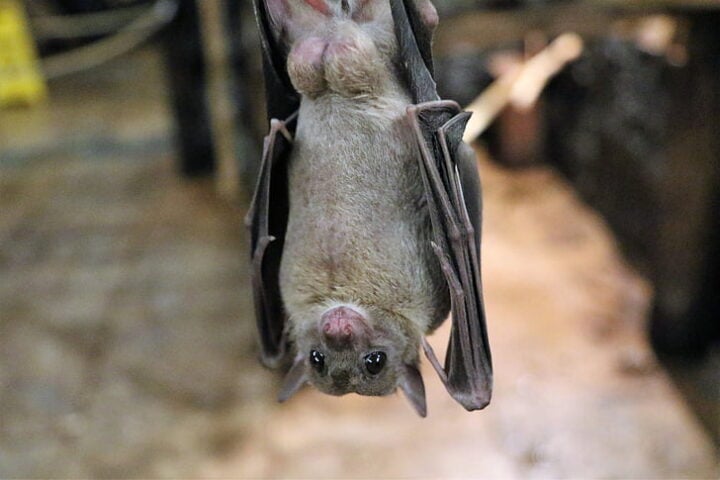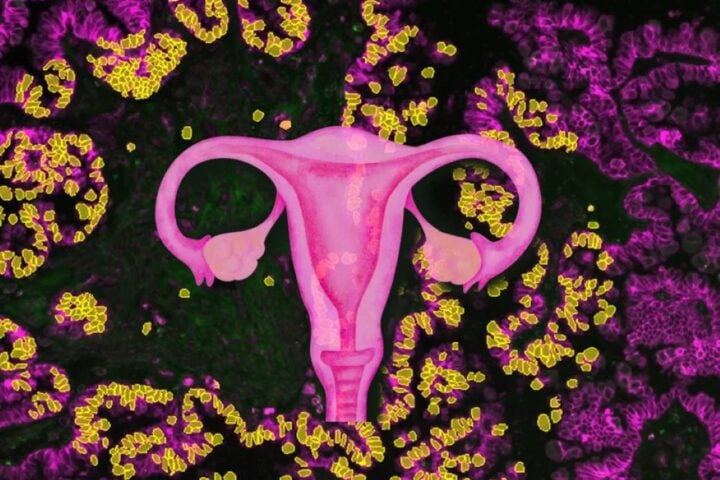The world is facing a stark demographic divide as fertility rates plummet for most countries, but remain high across Sub-Saharan Africa, dramatically reshaping the global population landscape by the end of the century. This revelation comes from new research published in the journal The Lancet. The study provides forecasts on global fertility rates and birth patterns through 2100, finding that by 2050, three-quarters of nations will have fertility rates below 2.1 births per woman—a number required to sustain generational replacement of the population. By 2100, 97% of all countries will have a total fertility rate (TFR) lower than 2.1.
Senior author Professor Stein Emil Vollset of the Institute for Health Metrics and Evaluation (IHME) at the University of Washington highlighted, “We are facing staggering social change through the 21st century,” noting the world will be simultaneously tackling a ‘baby boom’ in some regions and a ‘baby bust’ in others. The total fertility rate—the average number of children a woman gives birth to—has fallen by more than half since 1950, from around five children per woman to 2.2 in 2022. While over half of countries were below the replacement rate of 2.1 children in 2021, fertility rates remain high in many low-income nations, particularly in Sub-Saharan Africa. Globally, the total fertility rate is predicted to decline further to around 1.6 by 2100, with only six countries expected to have rates above replacement level: Samoa, Somalia, Tonga, Niger, Chad, and Tajikistan.
In contrast, the fertility rate is projected to drop below one child per woman for 13 countries by 2100, including Bhutan, Bangladesh, Nepal, and Saudi Arabia. In India, the TFR was estimated to be at 1.91, and by 2050, this number is projected to drop to 1.29 and further to 1.04 by 2100. These trends point to two major implications. First, most middle- and high-income countries will face unprecedented challenges as the TFR plummets. Populations here will shrink, reducing the workforce, at a time when swelling aging populations will present enormous challenges to economic growth and create a growing burden on health and social security systems.
Similar Post
Solutions like improving access to modern contraception and female education could help accelerate declines in fertility rates. If global targets for universal education and contraceptive access were achieved by 2030, fertility rates in Sub-Saharan Africa in 2050 could be reduced from around 2.7 to 2.3 children per woman. For low-fertility nations, the study examined potential pro-natal policies offering financial incentives and support for childrearing. While these could slightly raise birth rates, most countries would remain below replacement levels.
Top 5 Country Fertility Rates Worldwide: 2050: Niger 5.5, Chad 4.81, Somalia 4.3, Mali 4.21, and South Sudan 4.09. 2100: Samoa 2.57, Tonga 2.45, Somalia 2.45, Niger 2.24, and Chad 2.15. Lowest Country Fertility Rates Worldwide: 2050: South Korea 0.82, Puerto Rico 0.84, Taiwan 0.85, Serbia 1.01, and Ukraine 1.01. 2100: Bhutan 0.69, Maldives 0.77, Puerto Rico 0.81, Nepal 0.82, and South Korea 0.82. 97% of nations won’t be able to replace their population by 2100, according to the Lancet report, with India, the largest populated country, staring at a significant decline in births by 2050 as fertility rate will be less than the rate of replacement.


















